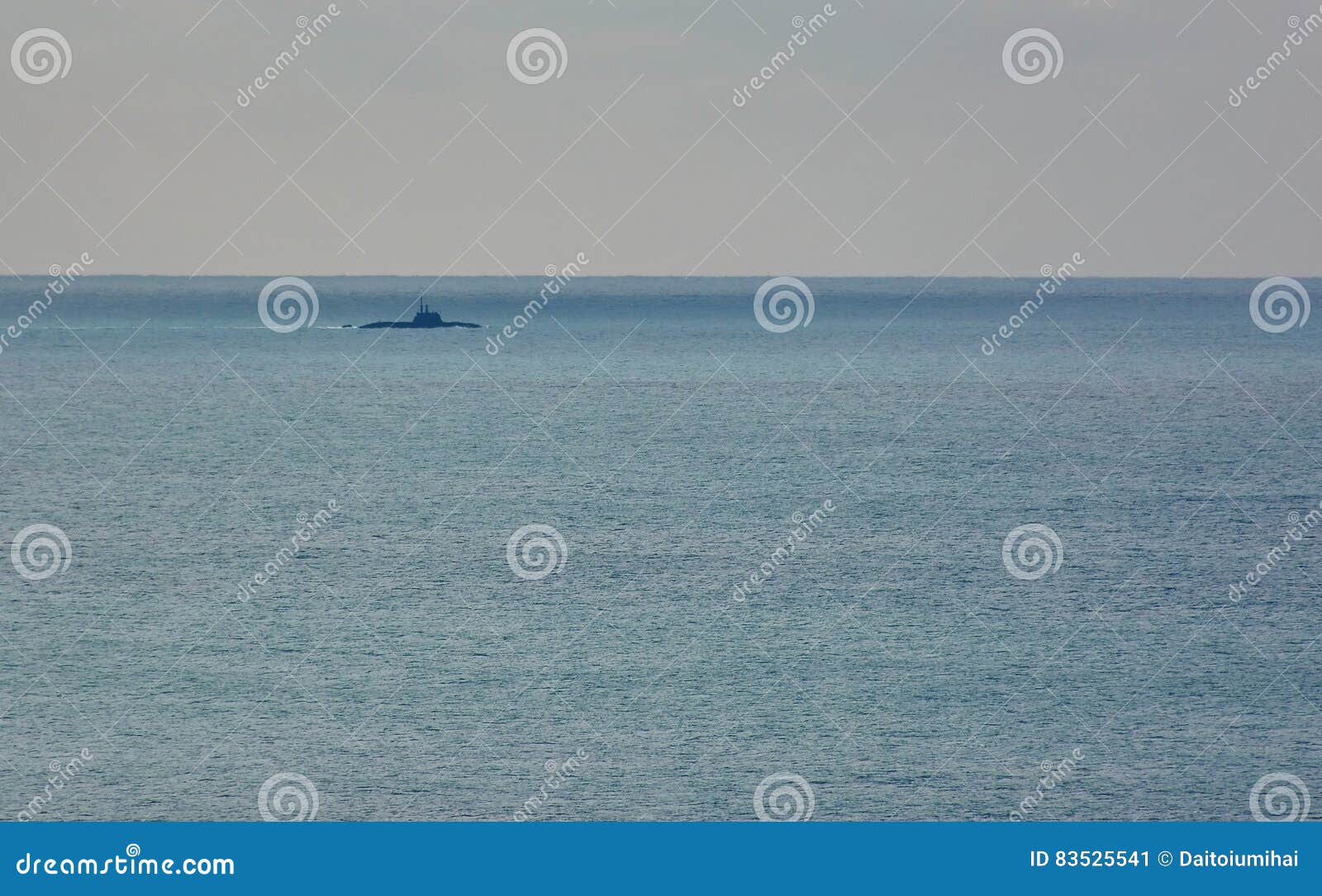

ISR operations have always been a core requirement today, they are overlaid with the return of high-end warfare tasks like ASW and anti-surface warfare (ASuW), although with a different operating context: the increasing strategic focus on underwater operations means there has been “ rediscovery, almost, of ASW and ASuW in a modern environment against modern opponents,” said Capt de Groot.Īnother task that came to prominence in the post-Cold War period and continues to develop in the modern, high-end warfare world is strike, both at sea and ashore. To do so in the modern operating environment, submarines are blending old and new roles and capabilities. Submarines can both create and counter such risks. You don’t need 100 submarines to do that: a couple is more than enough, and it will take quite a bit of time to assemble enough ASW forces to counter that threat.” you can do that anywhere in the world with a submarine. “If you look at what a six-day blockage of the Suez Canal meant to world trade …. Global AffairsĬapt de Groot said there is no better example of the significant impact a submarine could have on global affairs than the recent closure of the Suez Canal, caused by the grounding of the container ship MV Ever Given. Captain Herman de Groot, the outgoing Commander of the RNLN Submarine Service. Before taking up his current command he served as Head of the Military Strategy Department at the Netherlands Ministry of Defense from 2013-2016. Over the years he has undertaken a wide variety of international studies and command assignments. You can also see this in the way we are approaching our replacement programme.”Ĭaptain de Groot joined the Royal Netherlands Navy in 1982 and has since served onboard various submarines, commanding both the HNLMS Bruinvis followed by HNLMS Walrus. “Across the armed forces within NATO, we are looking more at high-end warfare … which is why you have submarines. “I think it’s a combination of going back to our roots, but in a more modern and innovative way,” Captain Herman de Groot, Commander Netherlands Submarine Service, told Armada International. Set against this context, the RNLN is looking to maximise the submarine’s enduring strategic impact delivered by its USP, within the returning focus on high-end operations. Against these shifting strategic currents, the RNLN is having to continuously adapt how it uses submarines. Even the four Walrus boats are operating in a maritime domain that has changed significantly from when they first arrived, and continues to change. With the pace of technology change accelerating and the level of strategic instability increasing, the four future submarines likely will arrive to find a much-changed operational environment.

The first boat is scheduled to arrive in 2028. Second- and third-in-class boats HNLMS Zeeleeuw and HNLMS Dolfijn have completed work and are operational fourth-in-class boat HNLMS Bruinvis is nearing completion of IP-W work, and will undertake regular depot-level maintenance before returning to operations around 2024 lead boat HNLMS Walrus is scheduled to start IP-W in 2022.įrom the late 2020s into the 2030s, four new SSKs will arrive to replace the Walrus boats, under the Netherlands future submarine programme.

BOW WAVE UNDERWATER SUBMARINE SURFACE UPGRADE
The class is currently undergoing the Instandhoudingsprogramma-Walrusklasse (IP-W) mid-life upgrade (MLU). Since the early 1990s, the RNLN’s submarine service has been meeting the underwater threat with its four Walrus-class diesel electric submarines (SSKs).


 0 kommentar(er)
0 kommentar(er)
